With very little planning I found myself on my way back to South Africa for my third visit. A hole had opened up in my schedule on very short notice. Coincidentally I had been corresponding with Bruce Bayer about a project we had first talked about on my last trip there in 1997. So with a few phone calls and several emails I was off again to spend a couple of weeks with the wonderful people, landscapes, and flora of South Africa. This trip felt differently from the start; less afraid, I now know the way. Take the bus to JFK, check in, grab a bite to eat, exchange a little cash, then wait to get on the evening flight. Avoid alcohol, wear ear plugs, bring a neck rest, take a Melatonin tablet, and get to sleep. Its a long long flight to Johannesburg that feels a lot shorter if you can sleep for 6 or 7 hours.
At the same time my plans were less structured than my previous two trips; meet Bruce Bayer at the Cape Town airport and then take things one day at a time. The primary mission was to explore preparation of a Haworthia CD ROM to complement Bruce’s new book.
The flight out of JFK left an hour late and arrived in Johannesburg even later. Sprinting to my next flight I broke my first sweat of the trip. I arrived in Cape Town after dark some what exhausted and yet on pins and needles. Baggage claim was a sea of people; Muslims in white robes, kids whining, young women dressed in the latest fashion, old men needing shaves, tourists in khaki shorts and freshly pressed bush jackets ready for ‘safari’. Bruce met me right away and off we went into the Cape Town night. I would be staying with Bruce for the first few days of my visit. The next morning we were off to see Ernst van Jaarsveld at Kirstenbosch Botanical Garden. Bruce needed Ernst’s help with revising a publication referencing Gasteria and we wanted advice on preparing location maps.
The new greenhouse at Kirstenbosch Botanical Garden. The greenhouse isn’t to keep the plants warm, its to keep them dry. South Africa has several climate zones; winter rainfall, summer rainfall, and hardly any rainfall. Cape Town gets rain in the winter and can be cool and damp, too damp for the Namib and Richtersveld biomes.
Two Masters; Ernst van Jaarsveld and Bruce Bayer. Several small Aloe in flower. Kirstenbosch is a wonderful garden, a must see for any visitor to Cape Town.
Our first field trip was in the McGregor area.

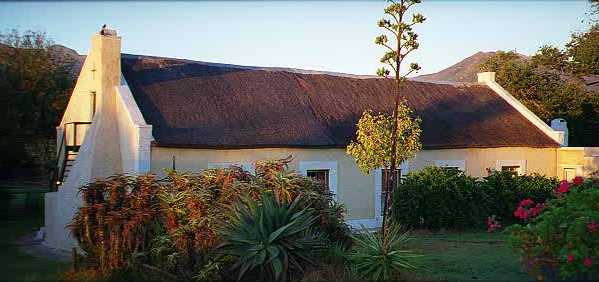
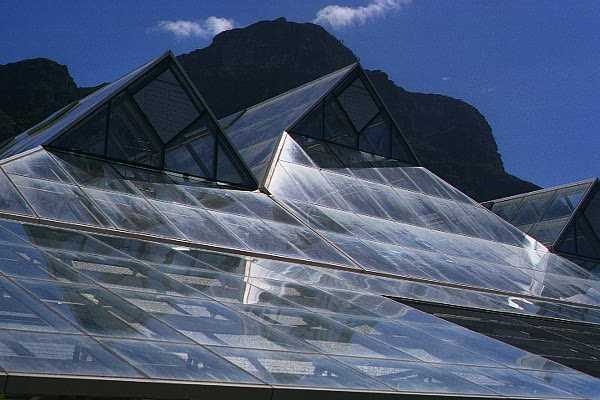
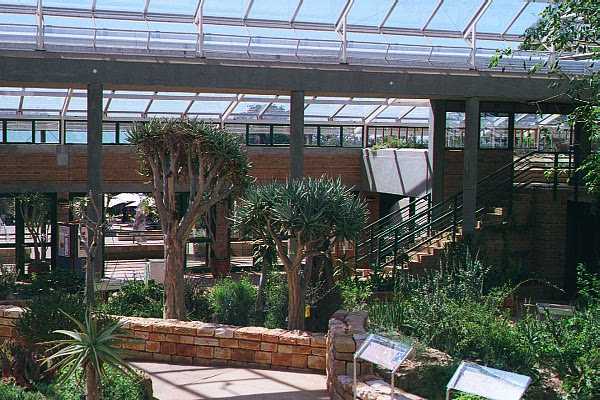
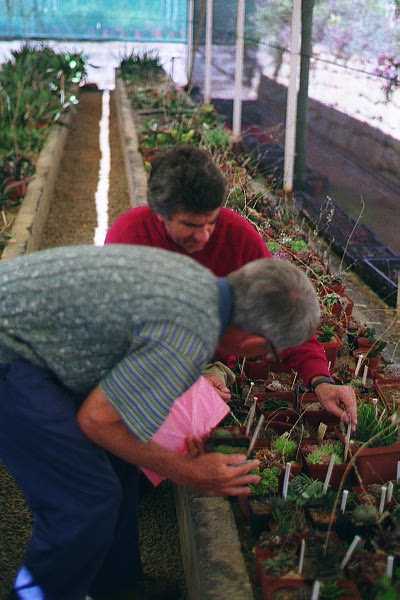
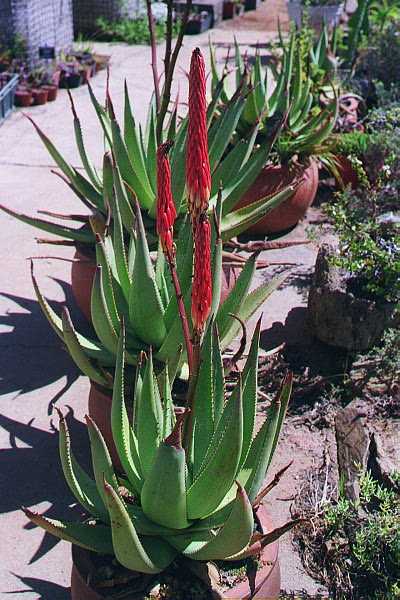
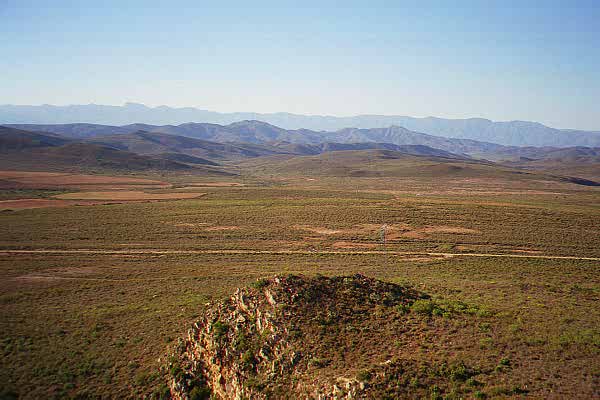
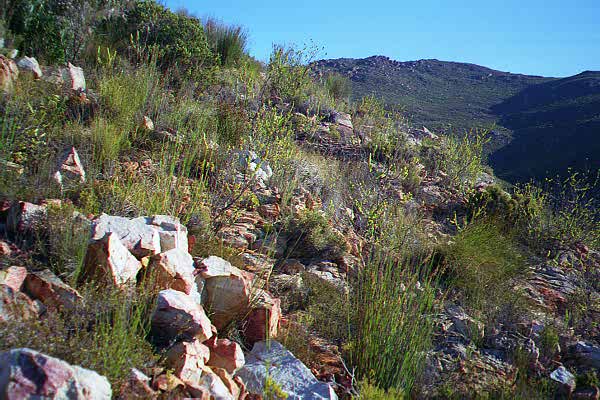
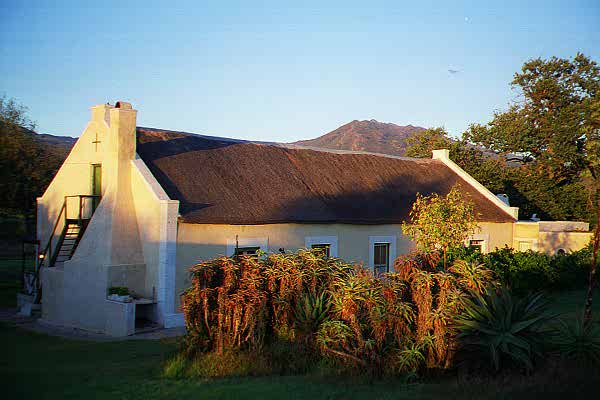
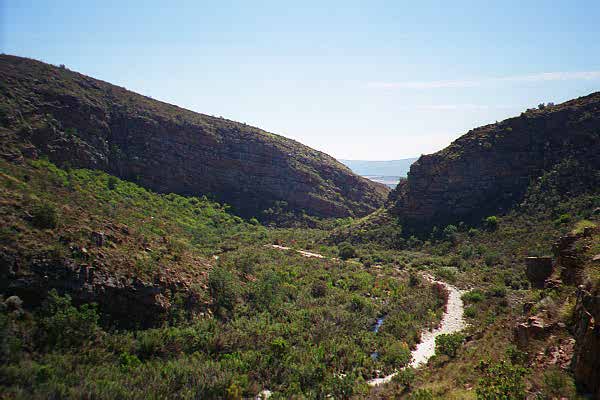
When you were visiting Ernst Van Jaarsveld, did you happen to notice any new gasteria species that were not included in his book. I have heard that EVJ has been finding several new types.
Ernst hadn’t written his book when I first met him. I remember being in his office and looking at a wall map he had of Southern Africa and discussing species and interesting places to explore. The country is vast with many niche habitats. Over the past several years new populations have been discovered in the ever remote mountain ranges. Ernst keeps a large reference collection at Kirstenbosch with many interesting Gasteria.